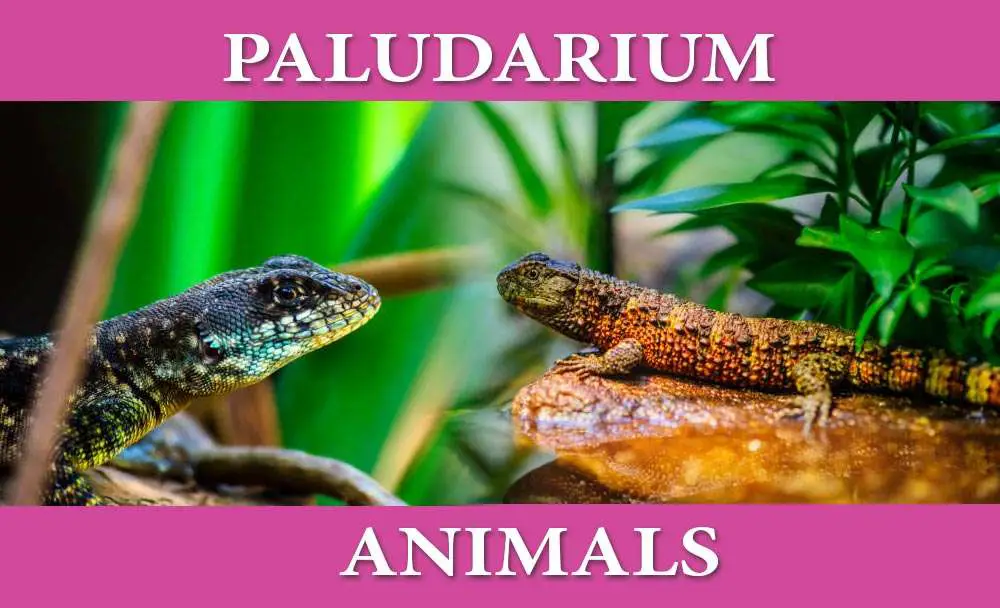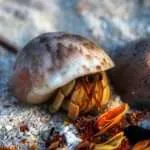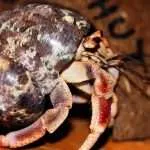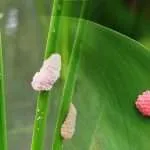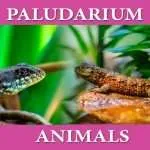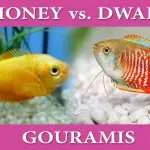Paludarium animals are semiaquatic animals that live on lands and water simultaneously.
Paludarium is one of the most sought-after tanks because they offer conditions that enable a much more variety of animals to thrive.
As a combination of an aquarium and a terrarium, they offer a stunning view and exciting scenes as animals navigate between water and land.
If you have one or plan on getting one, you will want to know the animals to house in it. This blog post will discuss the various animals that thrive in a Paludarium.
What is a Paludarium?
A Paludarium is an ecosystem that imitates the conditions of a swamp or marsh and can house various plants and animals, both land and aquatic.
The paludarium has separate but balanced land and water areas, meaning water is not entirely covering the whole space.
The Paludarium combines an aquarium, which houses aquatic animals, and a terrarium, which houses only plants.
What are the Paludarium Animals?
The paludarium takes many forms: a creek, or waterfall, from a mangrove forest to a swamp or riverbank.
This diverse ecosystem also means you can have a diverse set of animals.
Let’s look at some of the species and animals you can keep in a paludarium
Amphibians
Amphibians are great animals to house in your Paludarium, perfect for a water edge ecosystem.
Salamanders
Salamanders are an excellent fit for the paludarium because they love a moist environment.
They can be either semiaquatic or purely territorial.
If you want to house a Salamander in your Paludarium, ensure the water is shallow, and you have a large land area with easy access to the water.
You should also decorate the tank with pieces of wood, leaf litter, and bark and provide lots of hiding places.
Salamanders love to eat insects and other live foods. Do not handle the Salamander more than is required, as chemicals in your hand can easily make them ill.
Poison Darts Frog
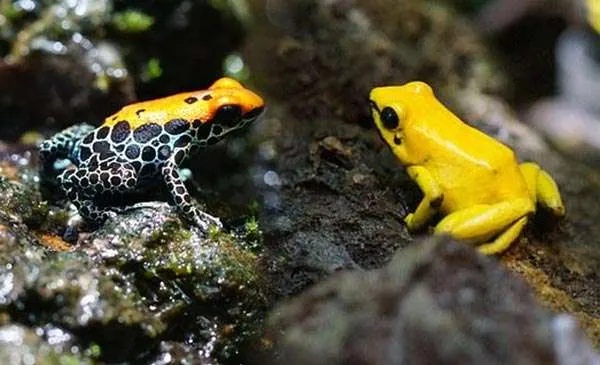
First, they are not poisonous, and the name is misleading.
They are also not frogs but toads. Poison dart frogs are popular because of their bright colors.
They spend much time on land but jump and hide in the water when scared or threatened.
There are two types of Poison Dark Frogs – smaller ones that stay on leaves higher up in the tank and bigger ones that inhabit the tank floor or lower leaves.
They are not good swimmers, so ensure the water is shallow enough to get out if they want to quickly.
The ideal Dark Frogs to keep in your Paludarium are the Dyeing dart frogDendrobates tinctorius, and the Yellow-banded poison dart frog (Dendrobates leucomelas).
Oriental Fire-bellied toad
Like the Poison Dark Frogs that are toads, the Oriental fire-bellied toads are also not toads but frogs.
They enjoy the make-up of the Paludarium and will splash in the water or the shore where the water meets land.
If you have a fire-bellied toad, you should be careful about housing them with other animals as they produce a mild toxin that can harm some animals.
You should also thoroughly wash your hands after handling or cleaning the Paludarium.
You can feed them earthworms, crickets, and arthropods. They are active and easy to care for animals for your Paludarium.
Reptiles
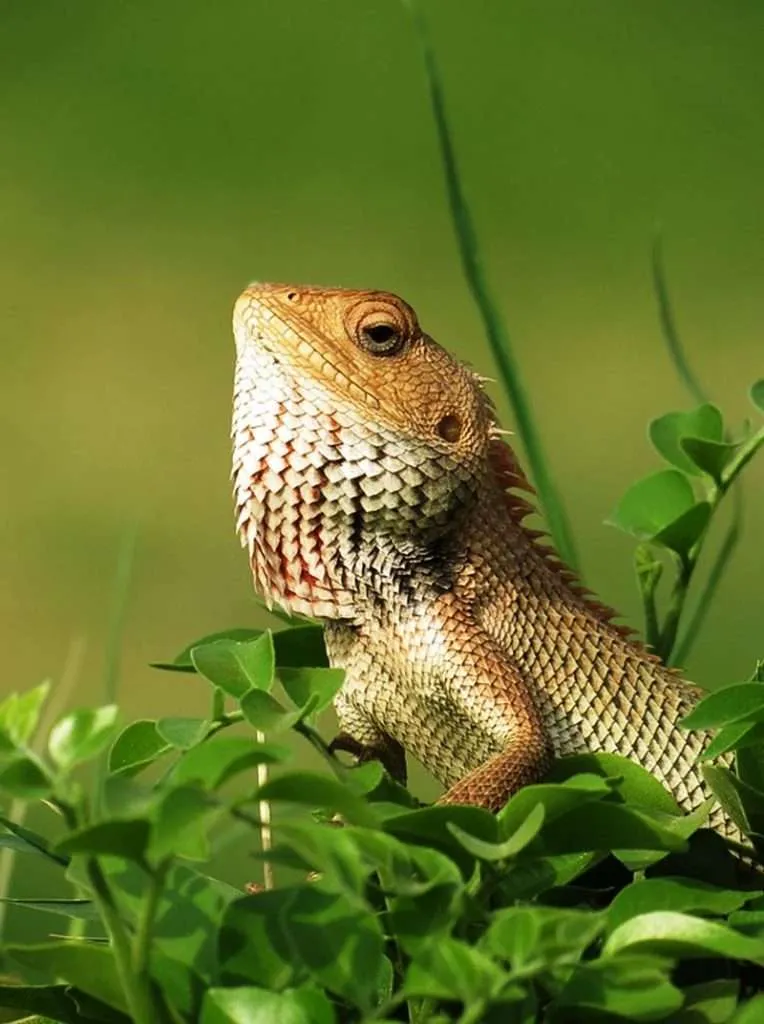
Reptiles are a great addition to the Paludarium.
They are small and thrive in such an environment. Turtles are especially great for the Paludarium as they don’t require much care and can live for decades.
Turtles you can house in your Paludarium are Loggerhead Musk Turtles, Mississippi Map Turtle, Painted Turtles, Spotted Turtles, and Boyd Forest Dragon.
While it is possible to add snakes, you should be wary as some snakes will feed on other animals in the tank.
Turtles and Lizards
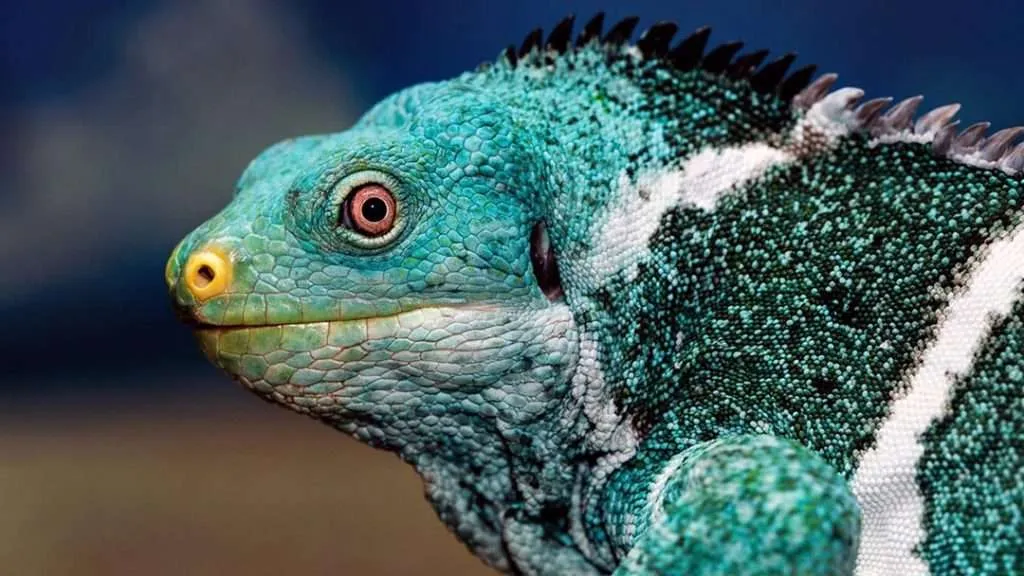
Turtles such as the Loggerhead thrive in the environment of a Paludarium.
Like most turtles, they spend much of their time submerged in the water and only come out to sleep or rest.
Turtles are also easy to feed as they eat almost anything they can catch. If you want to include turtles in your Paludarium, ensure the tank is large and has the required lighting.
Fishes
Most fish that thrives in an aquarium should do okay in a Paludarium. Although with fish, you also have to make sure the other animals in the tank don’t prey on the fish.
Turtles, for example, are known to eat fish.
Fishes that thrive well in a Paludarium are:
- Killifishes
- Archerfish
- Catfish
- Livebearers
- Mudskippers
- Mollies
- Arowana
- Bettas
- Cichlids
- Guppies, etc.
The Mudskippers, Killifishes, and Archerrfish are particularly good for your tank, and I recommend them. Let’s look at them.
Mudskippers
Mudskippers are one of the most exciting fishes around. They can live and swim in the water and walk out of the water and into land using their fins.
This ability makes them an excellent fit for a Paludarium.
Mudskippers can breathe through their skins, allowing them to enjoy shallow waters or shores.
Their natural habitat in the wide is swamps and mangroves, so the beach-like look of the Paludarium suits them perfectly.
You can house them with similar-sized Archerfish or other Mudskippers. Do not house them with smaller fishes as they feed on fishes that can fit in their mouths.
Archerfish
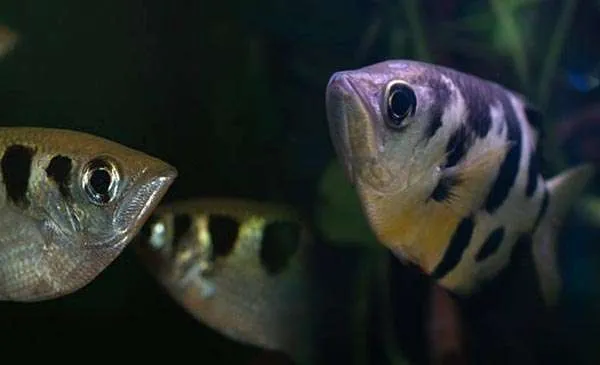
The most exciting thing about the Archerfish is their ability to shoot water upwards and knock prey off branches or leaves.
This behavior can be a spectacular sight, but they can do that in an aquarium. It makes the Paludarium the perfect fit for the Archerfish.
They also jump out of the water to catch prey if they are near the water. Unlike the aquarium, a Paludarium can have space above the water for branches suspended over the water.
The Archerfish’s natural habitat is a mangrove swamp. They feed on crickets and smaller animals that can fit into their mouths.
It would help if you did not keep them with smaller animals you don’t want them to eat.
They can be housed with Mudskippers as long as both are of similar size.
Killifish
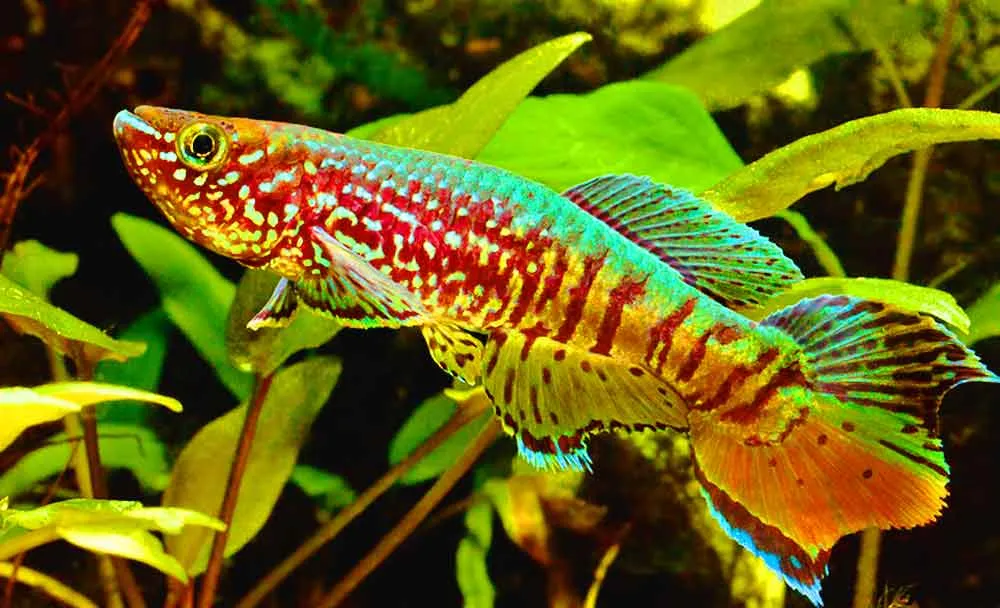
Killifishes thrive in a small body of water and thus will do well in a Paludarium.
The Rivulus species of Killifishish can even travel on land in search of new pools to live.
Others can even occasionally stick to the glass. While all of these can be interesting to watch, the Killifish is an aggressive fish that will eat anything smaller.
Therefore, you should not house them with smaller fish or animals. as the aggressive Killifish will eat them all.
Other Paludarium animals are Crustaceans like shrimps, Snails, Crabs, Mandarin, invertebrates, and eels.
Conclusion
The paludarium mimics an aquarium’s and a terrarium’s ecosystem and makes for a much more diverse and beautiful setting if done right.
The animals you should house in your Paludarium should be those that thrive in such an environment in their natural habitat.
You should also ensure the conditions, like temperature and humidity, are met.
Once you’ve done that and the animals feel at home, you can start looking at plants to add to the tank.
If you can, ensure the animals don’t come in close contact with each other.

